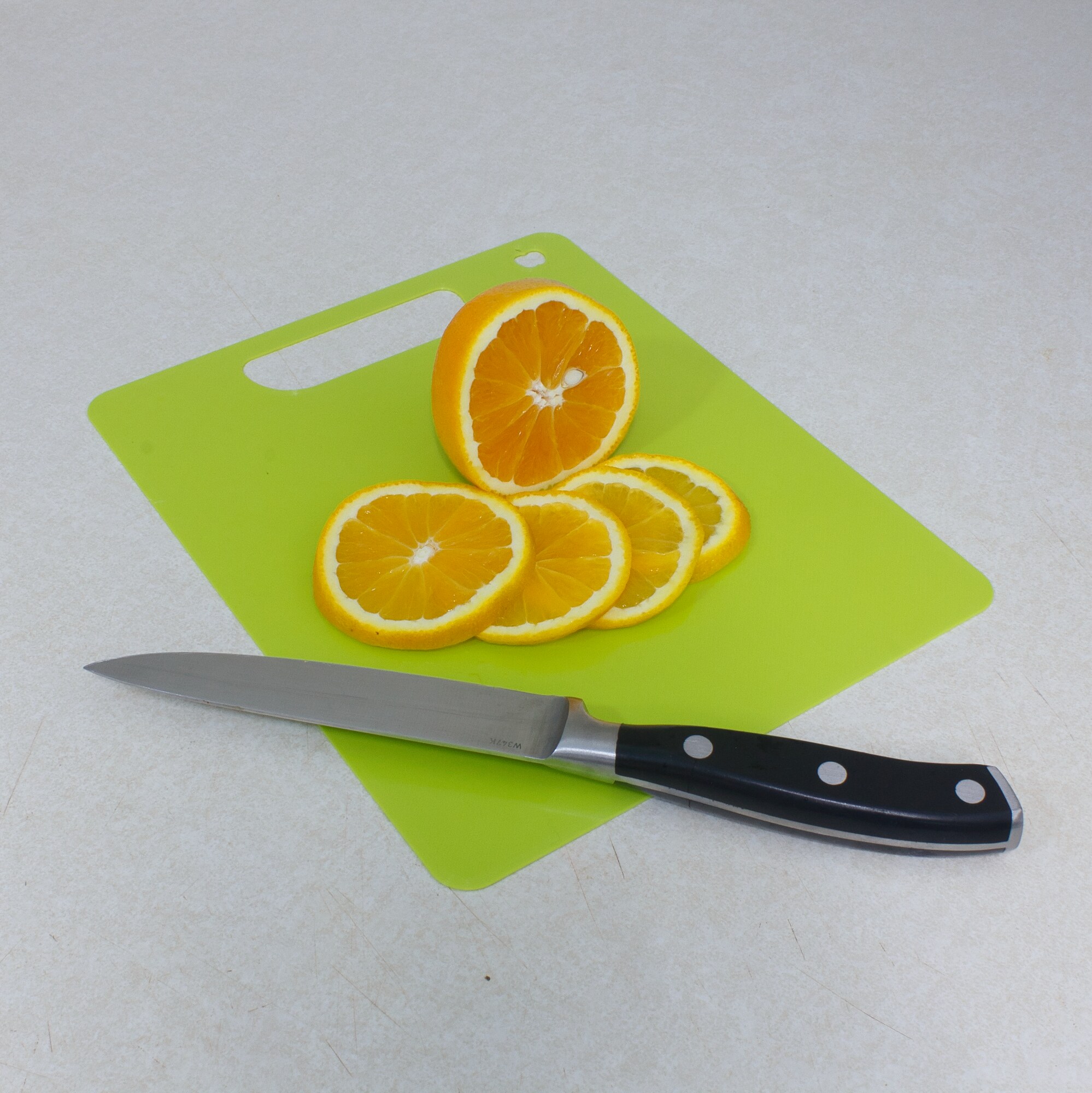
Printable Flexi Cutting Board
prusaprinters
<h3>Printable Flexible Cutting Board</h3><p>A simple thin cutting board design which can be 3D printed. Can save you money over buying a comparable product in stores. Such boards tend to only last less than a year or so with heavy use anyway, so you might as well print a couple for your kitchen plus replacements as needed.<br><br> </p><h3>Instructions and Troubleshooting </h3><h5><i>Read This and Follow The Steps Before Commenting!</i></h5><p> </p><ul><li>Calibrate your e-steps, I extrude 200mm or more to minimize measurement error. </li><li>Level your bed, this object will need a perfectly level bed to get a good surface.</li><li>Calibrate your Z-Offset, for the same reason as above.</li><li>Use a clean, smooth print bed. Free of defects, debris or any non-food-safe residue or adhesion promoter. A sheet of garolite perhaps, or the reverse side of a a glass/ultrabase build plate. The surface you use will shape the top of your cutting board; A smooth surface will give you a smooth board, a textured PEI surface will give you an inverse of that texture as a top surface. Use this to your advantage.</li><li>Use a food-safe filament and nozzle. It's debatable just how much contamination can come from a brass nozzle, but use an FDA food contact approved filament at the very least. Filaments.ca for example has a selection of these, notably the EconoFil and EcoTough lines are made from food contact approved PLA resin at the time of writing. A softer and more flexible PLA may be desirable.</li><li>Use a wide first layer extrusion width of 125-150%. These thicker lines often give a better fill to the bottom layers, with less gaps where lines meet. </li><li>If needed, increase flow slightly to get a better first layer surface or reduce gaps.</li><li>Print the first layer fairly slowly for the best surface. 20mm/s or so.</li><li>If you want a bottom surface to your cutting board, set the infill type to grid with an infill density of around 30%, bottom layers to 2-3, and top layers to 0. The first layers should print solid with the last 1-2 layers printing with a dense infill grid and no top. Many off the shelf thin cutting boards feature a similar pattern marketed as an ‘anti skid texture'. PLA isn’t as rubberized however, results may vary. I found it made little difference.</li><li>You can rescale the object on the X and Y in your slicer if you want a different size board.</li><li>Do not clean in the dishwasher for hopefully obvious reasons.</li></ul><p> </p>
With this file you will be able to print Printable Flexi Cutting Board with your 3D printer. Click on the button and save the file on your computer to work, edit or customize your design. You can also find more 3D designs for printers on Printable Flexi Cutting Board.
